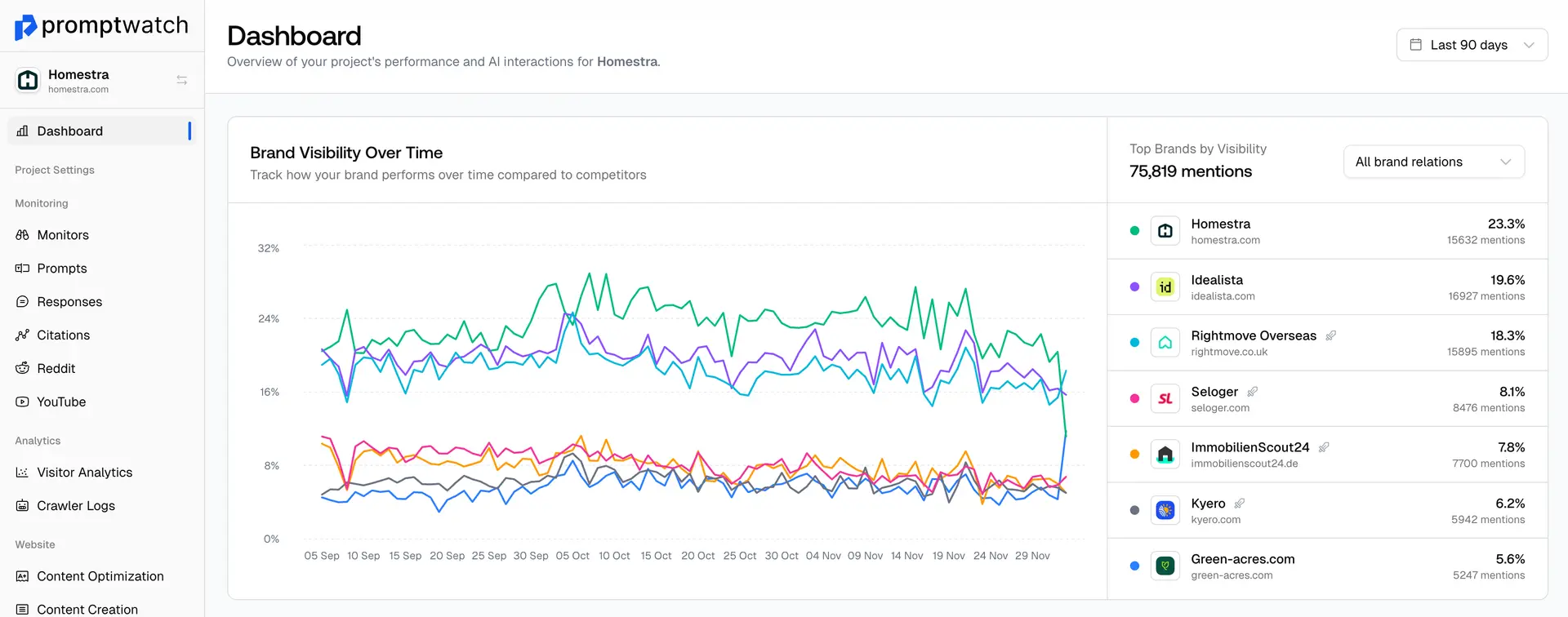Definition
Page Experience is a comprehensive ranking factor introduced by Google that evaluates the overall user experience of visiting a web page, combining multiple metrics and signals to determine how satisfying and usable a page is for visitors. This ranking factor incorporates Core Web Vitals (loading, interactivity, and visual stability), mobile-friendliness, safe browsing (absence of malware), HTTPS security, and intrusive interstitial guidelines.
Page Experience represents Google's broader focus on user satisfaction and technical performance, acknowledging that content quality alone isn't sufficient if the delivery and interaction experience is poor. The update reinforces that websites need to provide not just good content, but also fast, secure, and user-friendly experiences across all devices.
For AI-powered search and GEO strategies, Page Experience is increasingly important because AI systems consider user experience signals when evaluating content quality and reliability. Poor page experience can negatively impact how AI models perceive and cite content, as they may interpret technical issues, slow loading, or poor usability as indicators of lower quality or less reliable sources.
Optimizing for Page Experience requires comprehensive technical improvements including Core Web Vitals optimization, mobile responsiveness implementation, HTTPS security certificate installation, safe browsing compliance, and avoiding intrusive popup and interstitial ads. This holistic approach to user experience aligns with AI systems' preference for high-quality, trustworthy sources that provide good user experiences.
Examples of Page Experience
- An e-commerce site improving Page Experience by optimizing image loading, implementing secure checkout, and ensuring mobile responsiveness
- A news website enhancing Page Experience by reducing ad intrusiveness, improving page load speeds, and maintaining secure HTTPS connections
- A business website boosting Page Experience through better navigation design, faster server response times, and elimination of layout shifts
- A blog improving Page Experience by optimizing for Core Web Vitals, implementing mobile-first design, and ensuring safe browsing compliance
